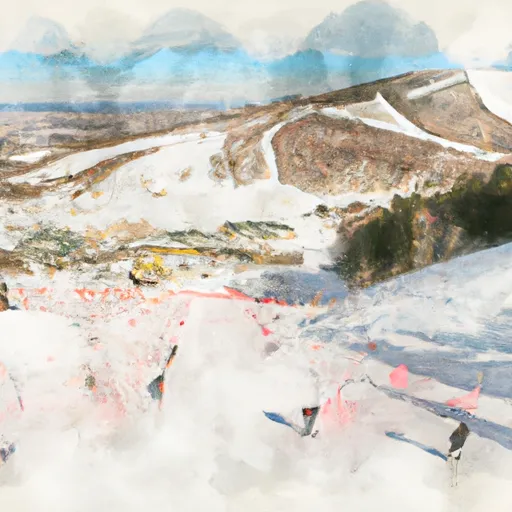NEBRASKA SNOW REPORT
Last Updated: January 6, 2026
Snowpack levels across the state are currently 45% of normal. The deepest snowpack in Nebraska was last observed at Fairbury with a snowpack depth of 1”, about 41% of normal when compared to it's 2" average depth for this time of year.
Nebraska Snowpack Map
Explore real-time snowpack depths across Nebraska.
Nebraska Ski Area Forecast
Next 5 Days
-
 Devil's Nest
1"
Devil's Nest
1"
-
 Nebraski
1"
Nebraski
1"
Nebraska Snow Report FAQs
How often is this report updated?
Daily from SNOTEL and NOAA sources.
What are snowpack levels in Nebraska like right now?
Snowpack levels across Nebraska are approximately 45.0% of normal compared to previous years.
Where is it coldest in Nebraska right now?
Fremont is experiencing frigid temperatures of 53°.
Where is the most snow in Nebraska today?
Currently at Fairbury with 1".
